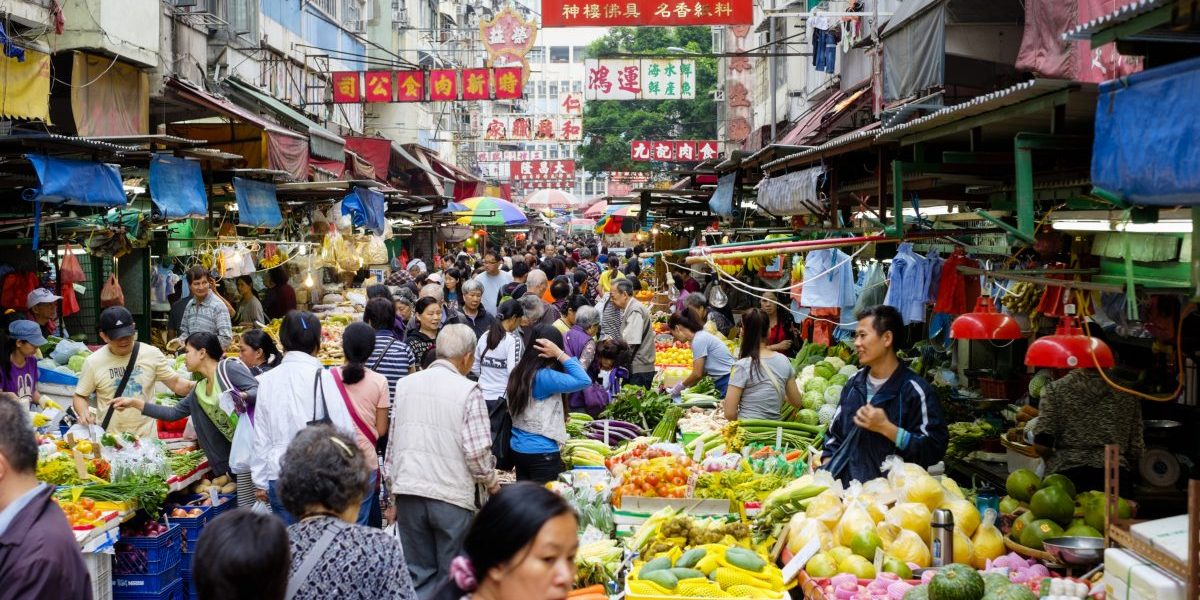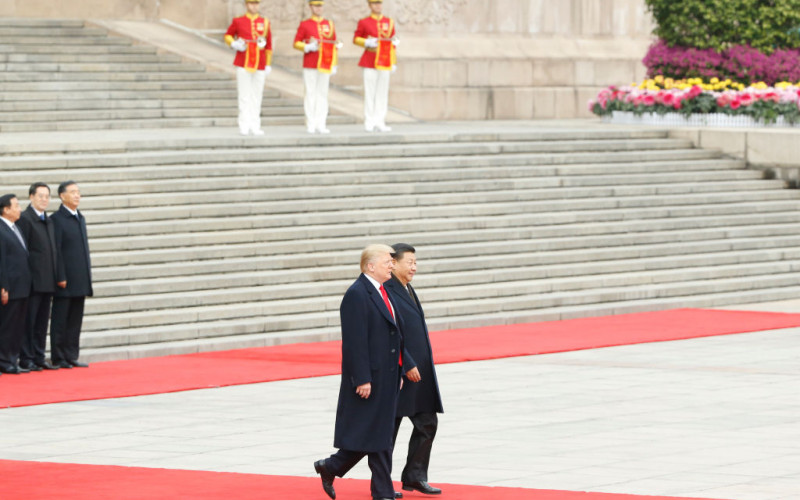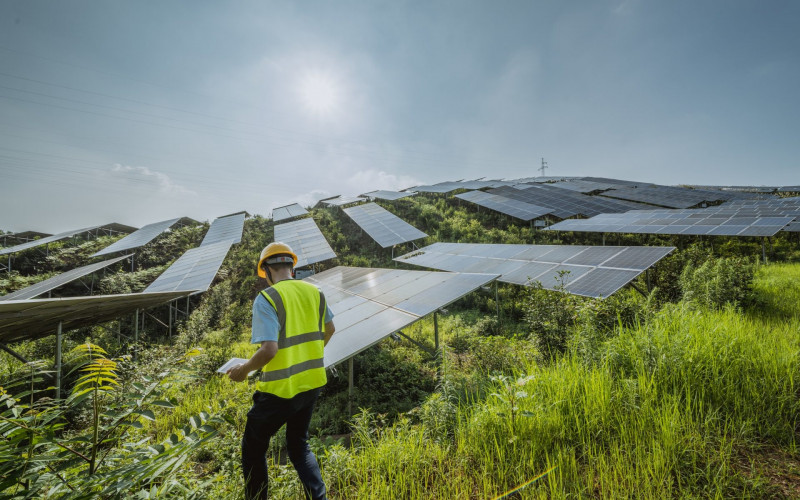Summary:
- From the early 2020s China’s and Africa’s populations will undergo a remarkable divergence from today’s respective populations of some 1.4 billion – in China’s case downwards and in Africa’s upwards. What happens socioeconomically alongside that divergence will significantly impact the shape of the world economy over the coming decades.
- The decline of China’s population occurs as China’s economy has reached the upper-middle income per capita range and hopes to be able to sustain economic momentum despite both population decline and intensifying population ageing. In Africa’s case, in contrast, most countries remain low or lower-middle per capita income countries, and per capita growth is mostly insufficient to retain today’s living standards, let alone to elevate them.
- China’s unique family and economic planning system mean that China has planned for this period of economic demography change within its long-run development plan – since the 1980s when it was both demographically young and economically poor. This now intensively proactive approach to population ageing itself does not mean China will succeed in navigating the risks of the next phase of its development. It means, however, that China is somewhat prepared, perhaps better than comparable countries and including in how its companies have been positioned to tap a different, earlier phase of growth in Africa as part of China’s own potential upcoming growth story.
- China’s ‘getting old before getting rich’-inspired model of development that weights both economic and demographic change, and their interaction over time, is important to understand directly and indirectly for Africa. Directly, because this offers a useful economic development reference point for all African economies, and indirectly because this helps to understand what shape the next phase of China’s growth might take and hence what that means for Africa.
- The 2020s, and the aftermath of the pandemic, bring many new opportunities and challenges for both China’s and Africa’s economies. Understanding the demographic trends underpinning them and what these mean for the economy will help policy makers to tackle related independent and interdependent risks and grasp related opportunities.








